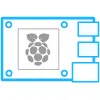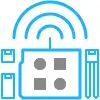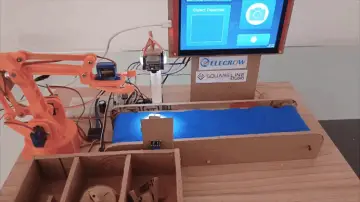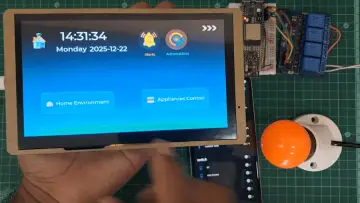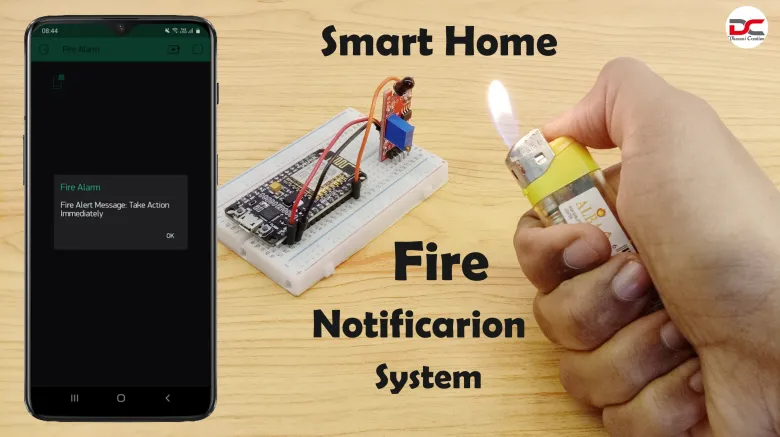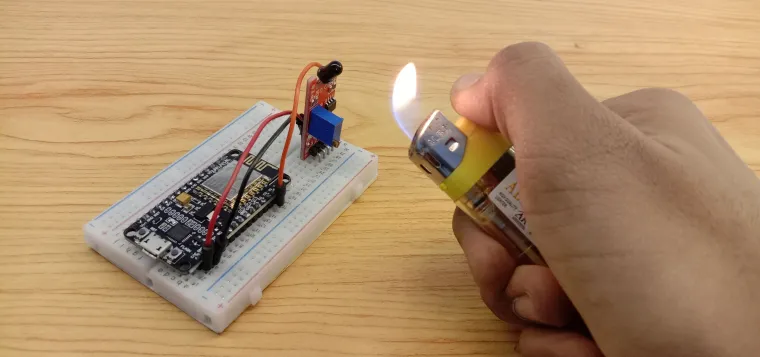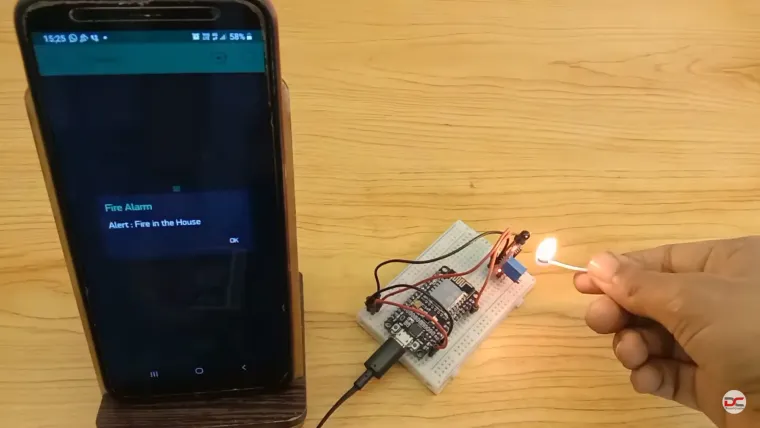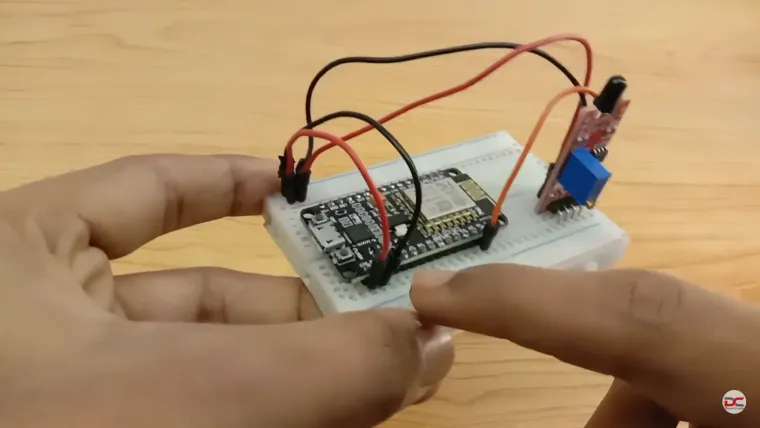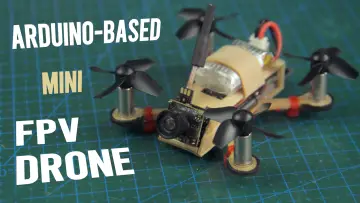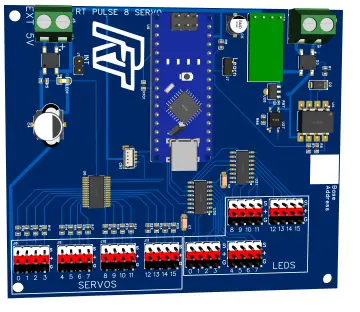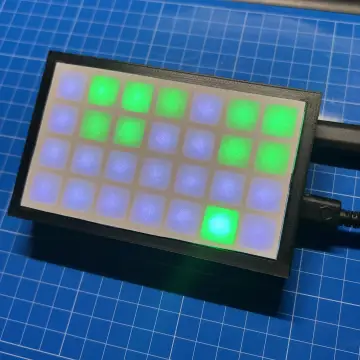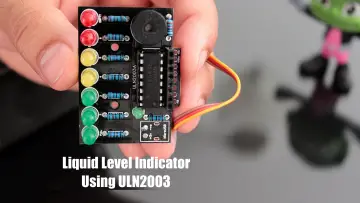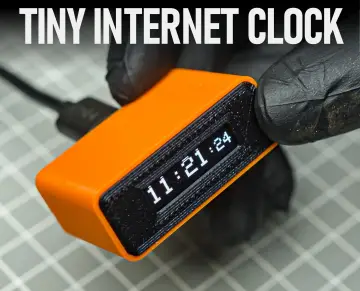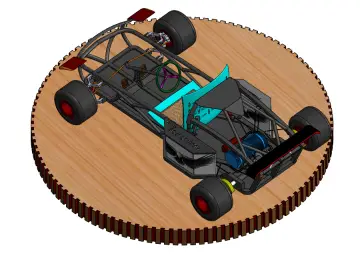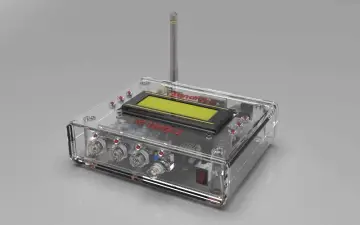Story
Overview
This DIY project demonstrates how to create a real-time fire detection and alert system using a NodeMCU ESP8266, a flame sensor module, and the Blynk mobile app. When the flame sensor detects fire, the system alerts the user via the mobile app and optionally activates LEDs or buzzers locally.
Objectives
-
Detect fire or flame using a simple sensor module
-
Send instant alerts to the user’s smartphone via Blynk
-
Provide visual and optional audible feedback on detection
-
Combine IoT connectivity with basic hardware interfacing
Components & Tools
| Component | Description |
|---|---|
| NodeMCU ESP8266 | Wi-Fi enabled microcontroller |
| Flame Sensor Module (e.g. IR/UV) | Detects visible flame or infrared emissions |
| LEDs and Buzzer (Optional) | Local alert indicators |
| Jumper Wires & Breadboard | For prototyping |
| Blynk IoT Mobile App | For sending notifications via internet |
| USB Cable | Power and programming the NodeMCU |
| Wi-Fi Network | Connectivity for notifications |
System Operation
-
Flame sensor module continuously monitors for fire signatures (infrared or visible light).
-
When the sensor output exceeds a safe threshold, the NodeMCU detects a HIGH signal.
-
The microcontroller then:
-
Sends a push notification to the Blynk app stating “Fire Detected!”.
-
Activates LED lights or a buzzer for local indication (if connected).
-
-
System remains idle while no flame is detected, awaiting changes.
Wiring Overview
-
Flame Sensor:
-
VCC → NodeMCU 3.3V (or 5V module depending)
-
GND → GND
-
DO (Digital Out) → NodeMCU input pin (e.g. D1 or D2)
-
-
LEDs / Buzzer (Optional):
-
Connect outputs (e.g. D5 for LED, D6 for buzzer) via current-limiting resistors to GND
-
-
Blynk Setup:
-
Create a project in the Blynk app
-
Device type: NodeMCU (ESP8266)
-
Connection: Wi-Fi
-
Receive Auth Token via email
-
Add a Notification widget to the project
-
Applications & Enhancements
-
Use as a simple fire alarm in kitchens, labs, or storage areas
-
Add multiple flame sensors for broader coverage
-
Integrate with Wi-Fi sirens, SMS/email alerts, or home automation systems
-
Add data logging or integration with cloud dashboards
-
Enhance with temperature sensors, smoke sensors, or camera modules
Learning Outcomes
-
Interfacing digital flame sensors with NodeMCU
-
Sending real-time push notifications via Blynk
-
Basic IoT system design principles
-
Conditional logic and notification throttling
Safety & Calibration Considerations
-
Flame sensors may mis-trigger with sunlight or infrared lamps—test in controlled settings
-
Avoid mounting sensor near high airflow or reflective surfaces
-
Use this as an educational tool, not a certified fire safety system
-
Always implement backups and fail-safes for critical monitoring
Quick Summary
| Feature | Description |
|---|---|
| Sensor | Flame detection via IR/visible light |
| Controller | NodeMCU ESP8266 |
| Alerts | Blynk push notifications |
| Local Indicators | LEDs and buzzer (optional) |
| Target Use | DIY fire alarm / notification system |





